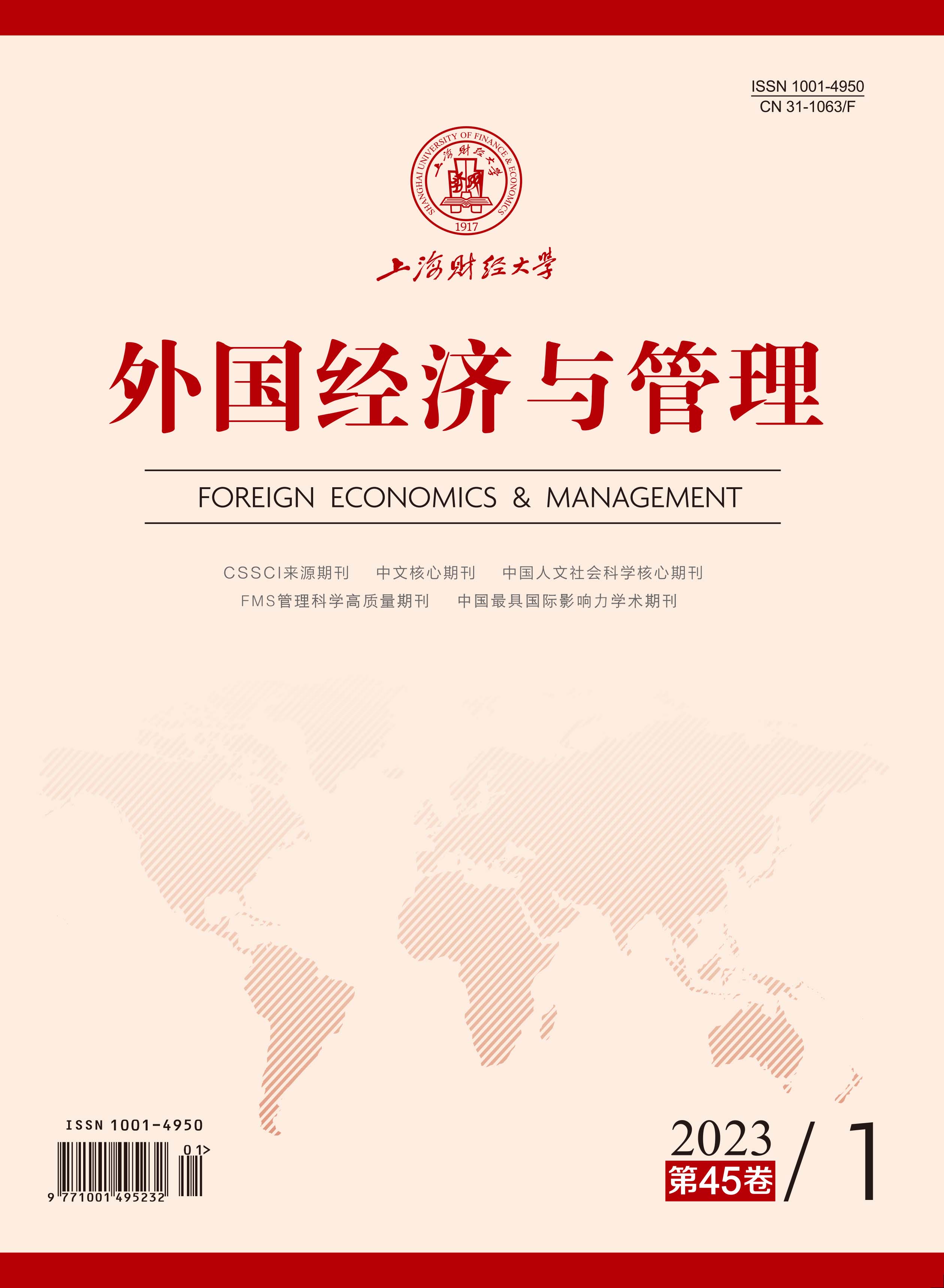复杂思维反对还原论,从思考开放系统的本质出发,将主体的能动性、主体间的网络结构以及自组织纳入思维架构,考察系统涌现出的新特质及非线性的演化过程。本文通过对埃德加·莫兰的复杂思维的介绍,结合莫兰由复杂系统研究中被多学科共用的几个主要概念——有序、无序、组织、相互作用——共同形成的二重逻辑下的基础概念架构,引入格兰诺维特的“行动与网络共同演化”视角以及卢曼从“自创生”概念发展出的“社会自创生”理论,以补充基础架构中相互作用与组织的含义。同时,以这一扩充的概念架构具体分析两个复杂社会系统研究的理论范例,重新诠释集中式发电产业体制的建构过程与越南农业制度演进中的农民运动,得到不同于还原论范式的理论解释。本文还提出将中庸之道的动态平衡的概念纳入扩充架构,并尝试将之与格兰诺维特的理论结合,对两个理论研究范例继续做出解释,展示出概念架构进一步拓展的可能性。本文提出的概念架构使作为一种分析视角的复杂思维有所发展,并能补充既往还原论范式下社会科学研究中的简化解释,得到新的发现,拓展社会科学、管理学研究的理论视角。
以复杂思维考察制度涌现
摘要
参考文献
1 Kneer G, Nassehi A著, 鲁贵显译. 卢曼社会系统理论导引[M]. 台北: 巨流图书公司, 1998.
2 阿莱克斯·彭特兰著, 汪小帆, 汪容译. 智慧社会: 大数据与社会物理学[M]. 杭州: 浙江人民出版社, 2015.
3 埃德加·莫兰著, 陈一壮译. 复杂思想: 自觉的科学[M]. 北京: 北京大学出版社, 2001: 210, 212, 269.
4 陈一壮. 埃德加·莫兰复杂性思想述评[M]. 长沙: 中南大学出版社, 2007.
5 杜运周, 李佳馨, 刘秋辰, 等. 复杂动态视角下的组态理论与QCA方法: 研究进展与未来方向[J]. 管理世界,2021, 37(3): 180-197. DOI:10.3969/j.issn.1002-5502.2021.03.012
6 卢曼著, 瞿铁鹏, 李强译. 信任: 一个社会复杂性的简化机制[M]. 上海: 上海人民出版社, 2005.
8 梅拉妮·米歇尔著, 唐璐译. 复杂[M]. 长沙: 湖南科学技术出版社, 2011: 446.
10 约翰·H. 米勒, 斯科特·E. 佩奇著, 隆云滔译. 复杂适应系统: 社会生活计算模型导论[M]. 上海: 上海人民出版社, 2012.
12 Arthur W B. Complexity and the economy[M]. New York: Oxford University Press, 2015.
13 Barabási A L. Taming complexity[J]. Nature Physics,2005, 1(2): 68-70. DOI:10.1038/nphys162
14 Barabási A L, Albert R. Emergence of scaling in random networks[J]. Science,1999, 286(5439): 509-512. DOI:10.1126/science.286.5439.509
15 Bourdieu P. Distinction: A social critique of the judgement of taste[M]. Cambridge: Harvard University Press, 1984.
16 Burt R S. Structural holes: The social structure of competition[M]. Cambridge: Harvard University Press, 1992.
17 Castellani B, Hafferty F W. Sociology and complexity science: A new field of inquiry[M]. Berlin: Springer, 2009: 153, 232.
18 Coleman J S. Foundations of social theory[M]. Cambridge: Harvard University Press, 1990.
19 DiMaggio P J, Powell W W. The iron cage revisited: Institutional isomorphism and collective rationality in organizational fields[J]. American Sociological Review,1983, 48(2): 147-160. DOI:10.2307/2095101
20 Granovetter M. Economic action and social structure: The problem of embeddedness[J]. American Journal of Sociology,1985, 91(3): 481-510. DOI:10.1086/228311
21 Granovetter M. A theoretical agenda for economic sociology[A]. Guillén M F, Collins R, England P, et al. The new economic sociology: Developments in an emerging field[M]. New York: Russell Sage Foundation, 2002.
22 Granovetter M. Society and economy: Framework and principles[M]. Cambridge, MA: Harvard University Press, 2017.
23 Granovetter M, McGuire P. The making of an industry: Electricity in the United States[J]. The Sociological Review,1998, 46(S1): 147-173.
24 Lazer D, Pentland A, Adamic L, et al. Life in the network: The coming age of computational social science[J]. Science,2009, 323(5915): 721-723. DOI:10.1126/science.1167742
25 Li P P. Toward a geocentric framework of trust: An application to organizational trust[J]. Management and Organization Review,2008, 4(3): 413-439. DOI:10.1111/j.1740-8784.2008.00120.x
26 Lorenz E N. Deterministic nonperiodic flow[J]. Journal of the Atmospheric Sciences,1963, 20(2): 130-141. DOI:10.1175/1520-0469(1963)020<0130:DNF>2.0.CO;2
27 Luhmann N. Social system[M]. Stanford: Stanford University Press, 1995.
28 Macy M W, Willer R. From factors to actors: Computational sociology and agent-based modeling[J]. Annual Review of Sociology,2002, 28: 143-166. DOI:10.1146/annurev.soc.28.110601.141117
29 Mandelbrot B B. The fractal geometry of nature[M]. New York: W. H. Freeman, 1982.
30 Newman M E J. Networks: An introduction[M]. Oxford: Oxford University Press, 2010.
31 Padgett J F, Powell W W. The emergence of organizations and markets[M]. Princeton: Princeton University Press, 2012.
32 Parsons T. Politics and social structure[M]. New York: Free Press, 1969.
33 Perrow C. Complex organizations: A critical essay[M]. 3rd ed. New York: McGraw-Hill, 1986.
34 Powell W W, White D R, Koput K W, et al. Network dynamics and field evolution: The growth of interorganizational collaboration in the life sciences[J]. American Journal of Sociology,2005, 110(4): 1132-1205. DOI:10.1086/421508
35 Scott J C. The moral economy of the peasant: Rebellion and subsistence in southeast Asia[M]. New Haven, CT: Yale University Press, 1976.
36 Scott R W. Organizations: Rational, natural and open systems[M]. 4th ed. Upper Saddle River: Prentice Hall, 1998.
37 Simon H A. Administrative behavior: A study of decision-making processes in administrative organization[M]. New York: Free Press, 1976.
38 von Bertalanffy L. General system theory: Foundations, development, applications[M]. New York: George Braziller, Inc. , 1969.
39 Wallerstein I. The modern world-system[M]. New York: Academic Press, 1974.
40 Watts D J. Networks, dynamics, and the small-world phenomenon[J]. American Journal of Sociology,1999, 105(2): 493-527. DOI:10.1086/210318
41 Watts D J, Strogatz S H. Collective dynamics of ‘small-world’ networks[J]. Nature,1998, 393(6684): 440-442. DOI:10.1038/30918
42 West G. Scale: The universal laws of life, growth, and death in organisms, cities, and companies[M]. New York: Penguin Books, 2018.
43 Willis P. Learning to labour: How working class kids get working class jobs[M]. London: Routledge, 1978.
引用本文
罗家德, 万怡, 张江. 以复杂思维考察制度涌现[J]. 外国经济与管理, 2023, 45(1): 23-37.
导出参考文献,格式为:
上一篇:底线心态研究述评与展望





 5686
5686  6988
6988

